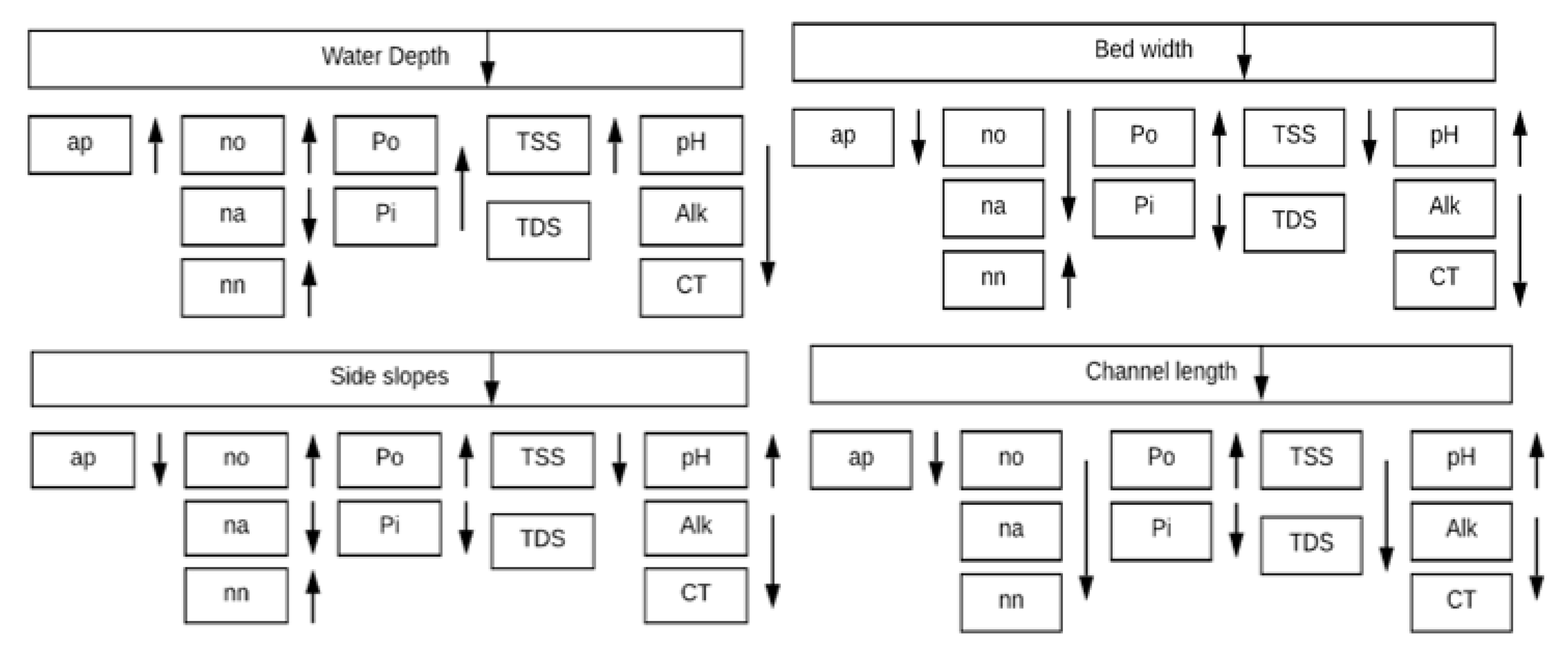Breadcrumb
Fractional canny edge detection for biomedical applications
This paper presents a comparative study of edge detection algorithms based on integer and fractional order differentiation. A performance comparison of the two algorithms has been proposed. Then, a soft computing technique has been applied to both algorithms for better edge detection. From the simulations, it shows that better performance is obtained compared to the classical approach. The noise performances of those algorithms are analyzed upon the addition of random Gaussian noise, as well as the addition of salt and pepper noise. The performance has been compared to peak signal to noise
Fractional-order bio-impedance modeling for interdisciplinary applications: A review
Bio-impedance circuit modeling is a popular and effective non-invasive technique used in medicine and biology to fit the measured spectral impedance data of living or non-living tissues. The variations in impedance magnitude and/or phase at different frequencies reflect implicit biophysical and biochemical changes. Bio-impedance is also used for sensing environmental changes and its use in the agriculture industry is rapidly increasing. In this paper, we review and compare among the fractional-order circuit models that best fit bio-impedance data and the different methods for identifying the

Studying the effect of channel geometry on different water quality variables for effective designs and waste allocation plans for waterways
It is necessary to study the parameters that affect water quality in order to devise mitigation measures if water quality would be at risk or negatively affected by those parameters. Those parameters are physical, chemical, biological, and hydraulic characteristics. This research will study the effect of channel geometry on different water quality variables, which is important in designing new irrigation canals in order to see how its geometry will affect water quality and lessen any negative impact if possible also this study could aid in designing more reliable waste allocation plans for
Implementation of PID Controller with PSO Tuning for Autonomous Vehicle
In the use of automatic control and its optimization methods, this research discusses how Proportional Integral Derivative (PID) controller is used to provide a smooth auto-parking for an electrical autonomous car. Different tuning methods are shown, discussed, and applied to the system looking forward to enhancing its performance. Time domain specifications are used as a criterion of comparison between tuning methods in order to select the best tuning method to the system with a proper cost function. Results show that Particle Swarm Optimization (PSO) method gives the best results according
Integration of a 2-D periodic nanopattern into thin-film polycrystalline silicon solar cells by nanoimprint lithography
The integration of 2-D periodic nanopattern defined by nanoimprint lithography and dry etching into aluminum-induced crystallization-based polycrystalline silicon thin-film solar cells is investigated experimentally. Compared with the unpatterned cell, an increase of 6% in the light absorption has been achieved thanks to the nanopattern, which, in turn, increased the short-circuit current from 20.6 to 23.8 mA/cm2. The efficiency, on the other hand, has limitedly increased from 6.4% to 6.7%. We show using the transfer length method that the surface topography modification caused by the
Implementing earned value management using bridge information modeling
Building Information Modeling (BIM) has widely become an effective tool in engineering and construction fields. It could be used in: generating shop drawings; detecting clashes; estimating quantities; and controlling documents. Applying BIM technology on bridges is named Bridge Information Modeling (BrIM). Bridge Information Modeling (BrIM) is an intelligent representation of bridges since it contains all information needed about bridges through their whole lifecycle. This paper presents the use of Building Information Modeling in cost and time management of infrastructure bridges. BIM-based
Influence of Periodic Surface Nanopatterning Profiles on Series Resistance in Thin-Film Crystalline Silicon Heterojunction Solar Cells
In the frame of the development of thin crystalline silicon solar cell technologies, surface nanopatterning of silicon is gaining importance. Its impact on the material quality is, however, not yet fully controlled.We investigate here the influence of surface nanotexturing on the series resistance of a contacting scheme relevant for thin-film crystalline silicon heterojunction solar cells. Twodimensional periodic nanotextures are fabricated using a combination of nanoimprint lithography and either dry or wet etching, while random pyramid texturing is used for benchmarking. We compare these
Improved memristor-based relaxation oscillator
This paper presents an improved memristor-based relaxation oscillator which offers higher frequency and wider tunning range than the existing reactance-less oscillators. It also has the capability of operating on two positive supplies or alternatively a positive and negative supply. Furthermore, it has the advantage that it can be fully integrated on-chip providing an area-efficient solution. On the other hand, The oscillation concept is discussed then a complete mathematical analysis of the proposed oscillator is introduced. Furthermore, the power consumption of the new relaxation circuit is
Stochastic modeling of 2D photonic crystals
Due to the fabrication processes, inaccurate manufacturing of the photonic crystals (PCs) might occur which affect their performance. In this paper, we examine the effects of tolerance variations of the radii of the rods and the permittivity of the material of the two-dimensional PCs on their performance. The presented stochastic analysis relies on plane wave expansion method and Mote Carlo simulations. We focus on two structures, namely Si-Rods PCs and Air-Holes PCs. Numerical results show—for both structures—that uncertainties in the dimensions of the PCs have higher impact on its photonic
Implementation of a Pulsed-Wave Spectral Doppler Module on a Programmable Ultrasound System
Pulsed wave Doppler ultrasound is commonly used in the diagnosis of cardiovascular and blood flow abnormalities. Doppler techniques have gained clinical significance due to its safety, real-time performance and affordability. This work presents the development of a pulsed wave spectral Doppler module, which was integrated into a reconfigurable ultrasound system. The targeted system adopts a hardware-software partitioning scheme where an FPGA handles the front-end and a PC performs the back-end. Two factors were considered during the design. First, the data transfer rate between hardware and
Pagination
- Previous page ‹‹
- Page 4
- Next page ››
